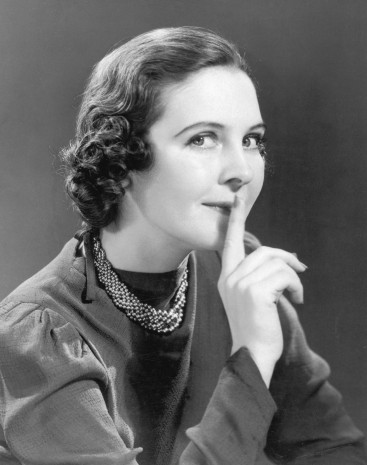You can’t buy your favourite brands at Shoppers any more, and you may not want to buy their replacements

If you’ve been in a Shoppers Drug Mart store lately, you may have noticed that many of your favourite brands are missing. As I discovered this week when I traipsed up and down the aisles for 10 minutes looking in vain for a can of Planter’s nuts, there were approximately 16 feet of shelf space devoted to various nuts and trail mixes, but only one brand represented: Life Brand. And this is happening throughout the store, as Shoppers’ brands (which, in addition to the Life Brand, include Quo and GOSH cosmetics, Balea Skincare, RAW Essentials, Simply Food and Nativa, among others) are knocking name brands off the shelves.
You don’t have to tell me about the advantages (for the retailer) in promoting store brands: Better margin, lower marketing costs, repeat visits to the store, exclusivity, brand awareness in the home, etc. I get it. The problem for Shoppers, however, is that – unlike President’s Choice, Loblaws’ super-successful store brand – Shoppers’ products mostly aren’t all that great.
The food products are substandard (I dare you to ingest a Nativa cracker or cookie and then want to eat a second) and not all that cheap; a box of the facial tissue won’t last you through 24 hours of a cold; and the Quo makeup always gives me a rash.
But don’t take my word for it. “Oh, I never use any of the Life Brand medications,” one Shoppers staffer, who asked not to be named, told me. “There have been way too many recalls on those products – you can’t trust them. And the food products keep going on sale because no one buys them.”
“I tried the chocolates when they first came out,” said a merchandiser for one of the big Toronto stores. “They’re terrible! I wouldn’t buy them for myself, let alone buy them for anyone else. I don’t understand why they keep trying to force us to promote them as gifts – I’d be too embarrassed to give them to someone.”
Store owners don’t have a choice
If the Shoppers house brand products are so bad – and the people who work in the stores know it – how come they continue to get more shelf space, while even big, established brands are getting pushed out? Shoppers head office is forcing them to take the product.
Stores are sent batches of the products, whether they order them or not, and are required to merchandise it according to the pre-determined planogram. Head office doesn’t really care if we sell it or not, since they get paid once it goes out to stores. (It’s worth noting that in 2010, Shoppers owner-operators filed a class-action suit against Shoppers management, for similar heavy-handedness.)
Eventually, this has got to erode margins
I know what Shoppers is trying to do and why: As a publicly-traded company which has lost revenue in recent years to changes in the way prescription drugs are sold, they’re looking to shore up the stock price – and brand loyalty – in other areas. And replacing independent name brands with higher-margin, supply-chain-controlled store brands is a good way to improve ‘shareholder value’.
Except they seem to have forgotten a key factor in the retail process: The consumer.
Consumers are much more willing to try store brands than they were 20 years ago, and it’s not difficult to get them to try a new product, especially when you remove the element of choice. (“I wanted Planter’s nuts, but I can’t be bothered going to another store, and Life Brand nuts can’t be that bad, can they?”)
But once consumers have tried a handful of products and found most of them disappointing, they’ll eventually give up. At best they’ll keep shopping in your store but avoid your house brand products; at worst they’ll switch stores entirely. “I never go to Shoppers any more,” a friend of mine said to me recently. “All their stuff is way more expensive than Rexall, and I can’t get what I need anyway.” Some store managers say that retail margins are already being affected because they have to put the house brands on sale all the time just to get them to move.
The problem is that it takes time for consumers’ buying habits to register with the people pushing the house brands. After all, Shoppers has 1000 stores across Canada, so by the time the store-brand product rejection causes a real dent in the bottom line and the individual store owners manage to convince head office that the products just aren’t working no matter how much they’re forced to merchandise, it’ll probably look like the problem is coming from another direction.
Will Shoppers survive this? Yes. Are they risking long-term competitive advantage for short-term perceived gains? Definitely.




